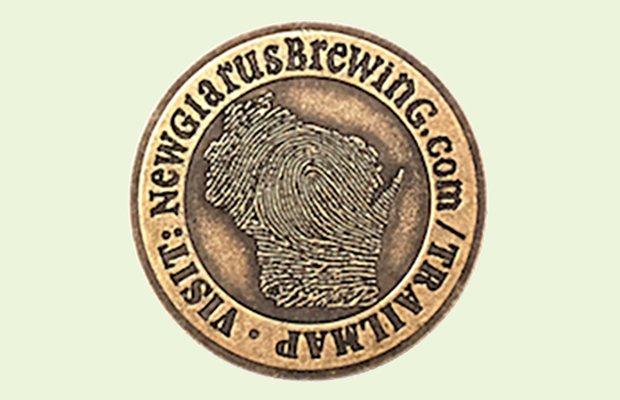
Being able to target things in your businesses past and finding a way to correct the course, or even scrap an idea altogether can help as building blocks in steps toward success.
In talking with many brewers of facilities across the US, we have been able to tap these experts for their resourceful knowledge.
When DC Brau co-founder, president and Head Brewer Jeff Hancock saw a need for growth, he also looked toward helping his brewery work closer towards making more traditional German-style beers through the ability to implement decoction and step-mash techniques with a new system because of the use of a German-crafted brewhouse that helped the Washington DC brewery jump past its 15,000-barrel production mark.
“We have seen marked improvements in the quality of our Hefeweizen and Bohemian-style Pilsner,” he explained.
That came with recognizing what needed to be done, and after a process of installation and learning the system, it has reaped rewards with better beer.
Charlie Brodell, the Head Brewer for Bent Paddle, noted that the addition of a 7-bbl pilot system at the Minnesota brewery’s new taproom helped expand the brewery’s on-site portfolio with kettle sours, experimental IPAs and the ability to start barrel-aging.
“Neil Caron runs the show there,” he said. “The possibilities are endless with such a talented brewer captaining that ship.”
The addition of streamlining the brewery’s infusion program has been a big plus. It has gone from a keg or two of distinct styles to 120-barrel batches of infused beers that he calls, “home runs.”
The HopGun at Rahr & Sons was the foundation of the production process for the Fort Worth, Texas brewery’s Dadgum IPA, but it’s been found that it’s extremely versatile and allows Nate Swan and his team the ability to infuse much more than hops.
”We have used it for many different ingredients, including those that go into Paleta De Mango and Adios Pantalones,” he told Brewer. “The HopGun allows us to add ingredients to beer that’s in fermentation, without have to transfer the beer to another tank, thus saving on tank space. Plus, it looks pretty cool.”
Regardless of innovation, it’s essential as a brewery in today’s craft market to maintain a strong balance of diversity of brands, but also, a consistency of brands said NoDa‘s Chad Henderson.
“I feel that if you have dependable products that stay consistent and fresh while delivering new unique brands that match the quality of the year-round or more regular beers is the way to go,” the Charlotte brewer said. “I think that if you saturate your market with a limited offering that is consistent in quality you can be successful but rarely something that is in the spotlight in the eyes of the craft consumer.
“I feel like consistent and quality beers allows you to develop a reputation of higher quality so the consumers expect that same level of quality when you release new or limited-run brands.”






1 Trackback / Pingback